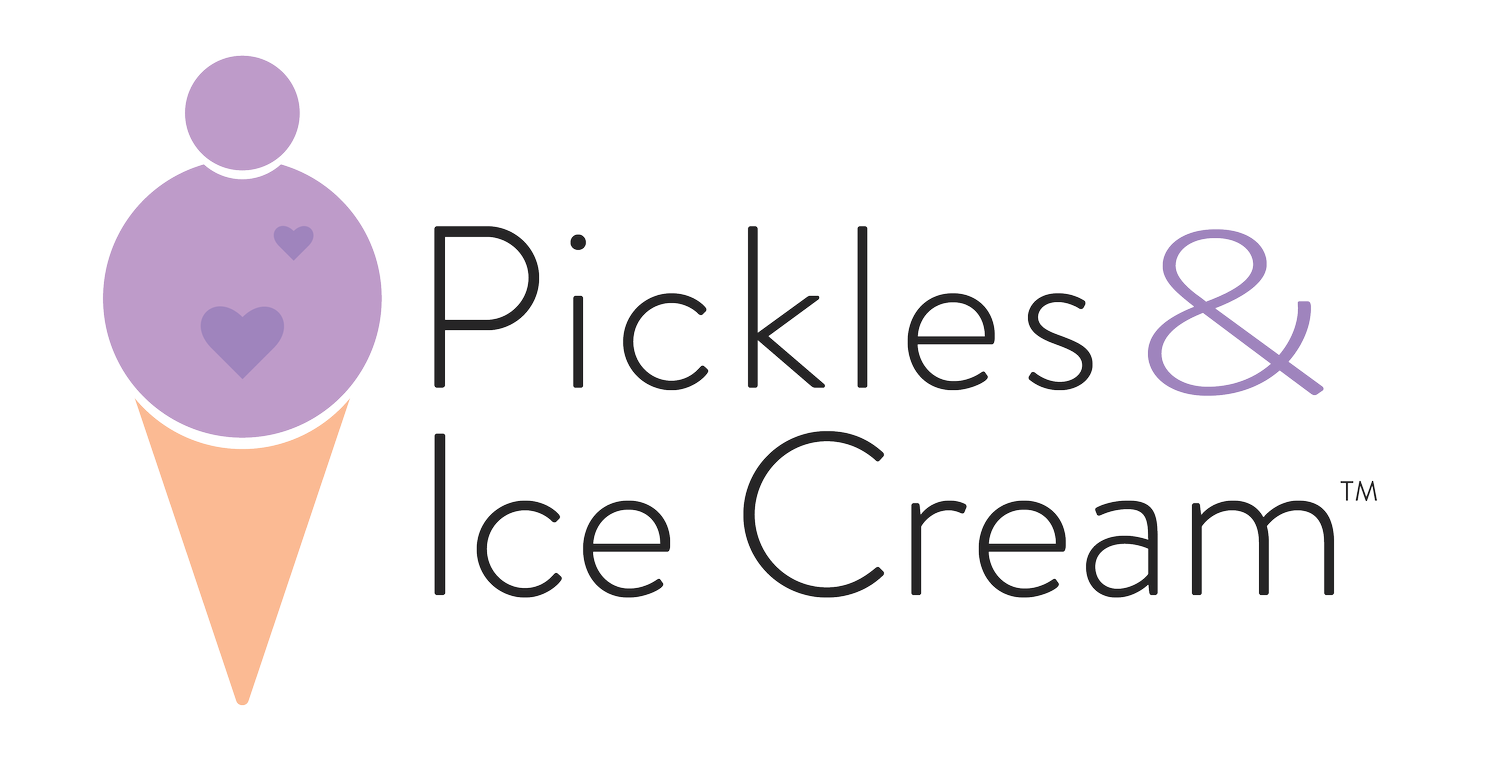What Is Best When Not Breastfeeding?
➝ We always want families to try to breastfeed at first, but we know its not easy or may not be the best option at the time.
➝ You have other choices when it comes to feedings, and there are advantages to those too!
➝ No matter what you choose to do, think of what is best for you, baby, and your situation.
Being a new parent is hugely rewarding. Here at Pickles & Ice Cream® Georgia recognize that it’s also hard work. It comes with endless decisions, including choosing whether to breastfeed.
Breastfeeding offers many benefits to you and your baby. Nursing your baby helps to lower their risk for asthma and allergies.2 Exclusively breastfed babies have less diarrhea, fewer ear infections, and fewer breathing issues.2 We encourage all parents to try to breastfeed if possible, and see how it goes for you and baby!
Your infant feeding choice is a personal one. With all these advantages of breastmilk, you shouldn’t feel guilty if you do not breastfeed. In fact, there are some advantages to not breastfeeding:
Easy Tracking: If you bottle-feed formula, it’s easier to figure out how much your baby is eating at each feeding session. If you pump instead of directly nursing, you’ll be able to measure as well.
Anywhere, Any Time, & Anyone Can Feed: Feeding time is a time for bonding with baby. When you choose to bottle feed, friends and family to help with the feeding also spend quality time with the baby.
Your Health Conditions Won’t’ Affect the Baby: You won’t’ have to worry about how you will feed your baby if you have certain health conditions like HIV or other STIs that can be passed to your baby through your breastmilk.
No Worries About Milk Supply: Some breast surgeries may affect your ability to make or express milk.5 Surgeries involving the nerves and ducts in your breast may reduce the amount of milk you’ll produce.5 Other reasons for low milk supply are having less frequent breastfeeding sessions, taking certain medications, or lack of sleep.9 Using other feeding methods will make sure your baby gets all the milk they need to grow and develop.
No Breastfeeding Pain: Breastfeeding pain and nipple soreness are common challenge with directly breastfeeding. Problems with baby’s latch may lead to cracked, irritated, or bleeding nipples. This is often cited as one of the reasons why new mothers and birthgivers stop breastfeeding earlier than they planned.11 Not breastfeeding means you won’t have to worry about these challenges.
You Have Other Options
Good nutrition early on is important for baby’s growth and development. For people who can’t breastfeed or choose not to, there are alternatives to make sure your baby is still well-fed.
Exclusive Pumping: Use a hand, electric, or hospital-grade breast pump to express your breastmilk. You can feed your baby with a bottle rather than directly at the breast. Store your expressed milk in the refrigerator or in plastic bags designed for milk collection and storage. Some parents don’t think of this option until after birth, but it can still allow you to breastfeed and provide baby with all those benefits without baby being directly on your breast.10
Formula Feeding: Infant formula is a nutritious alternative to breast milk.12 It is available in liquid and powdered forms. Formulas contain the right combination of sugars, fats, and vitamins for your loved one’s development.
Milk Banks: These sites supply milk to premature and sick babies in hospitals’ neonatal intensive care units (NICUs). Whenever possible, they serve healthy infants who are not able to get their own human milk. Milk that is donated to banks is screened for bacteria and viruses to ensure safety.7 There are several milk banks in Georgia. These include Breastfeed Atlanta & Mothers’ Milk Bank of Alabama, and the Northeast Georgia Medical Center Milk Bank Program.
Your Infant Feeding Choice
You deserve support no matter how you decide to feed your baby. Ultimately, the decision that works best for you and your family is really what matters most.
Are you looking for more support? Visit our event calendar for more information on a variety of education and care classes!
References
American Academy of Pediatrics, Breastfeeding and the Use of Human Milk
American Academy of Pediatrics, Postpartum depression and breastfeeding
American College of Obstetricians and Gynecologist, Breastfeeding Your Baby
The Centers for Disease Control and Prevention, Breastfeeding FAQS
The Centers for Disease Control and Prevention, Breast surgery
The Centers for Disease Control and Prevention, Formula feeding

